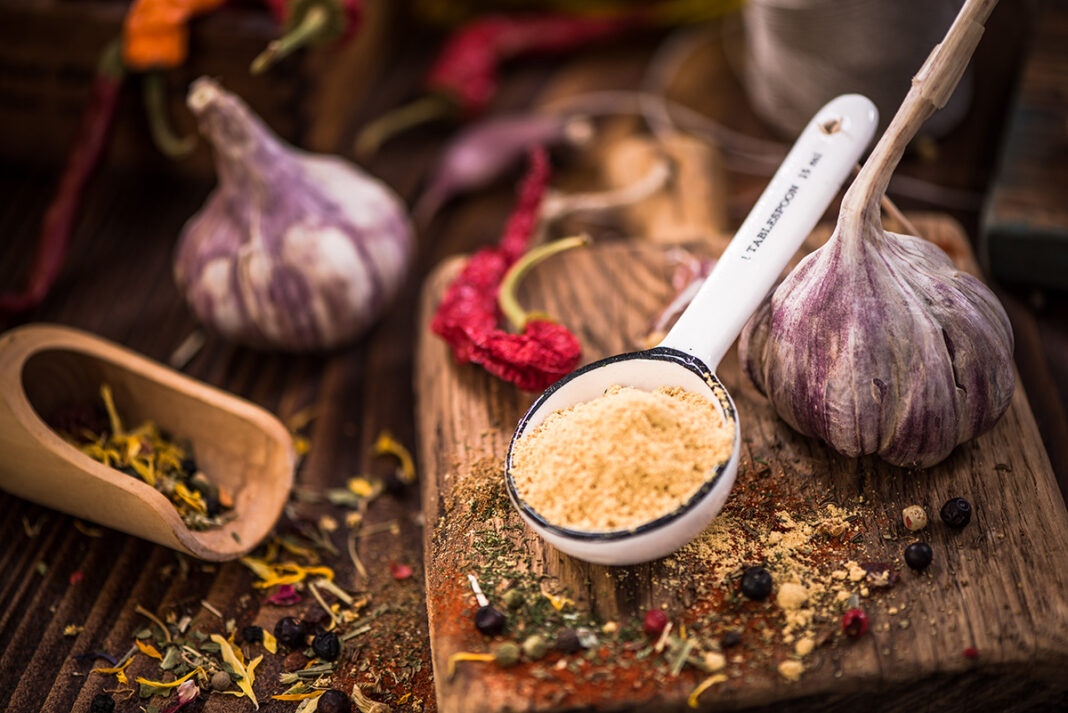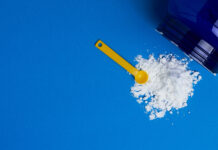In ancient Greece, the art of medicine was divided into three parts: cures through diet, cures through drugs, and cures through surgery. Garlic, Hippocrates wrote, was one such medicinal food.
Those who eat more than a clove of garlic a day do seem to have better artery function than those who eat less than that, but you don’t know if it’s cause-and-effect until you put it to the test.
In a recent study, heart disease patients were randomized to receive either garlic powder or placebo tablets two times a day for three months. Those lucky enough to be in the garlic group got a significant boost in their artery function—a 50 per cent increase in function from taking only 800 mg of garlic powder a day. That’s just a quarter teaspoon of garlic powder.
Garlic powder can improve the function of our arteries, but what about the structure of our arteries? Dozens of studies on garlic all compiled together show that garlic can reduce cholesterol levels in the blood by more than 16 points. So, might garlic powder actually be able to slow the progression of atherosclerosis? Researchers studied a garlic powder tablet versus a placebo for three months. The placebo group got worse, which is what tends to happen. Eat the same artery-clogging diet, and your arteries continue to clog. However, the progression of the disease appeared to slow and even stall in the garlic group.
Of course, it would be nice to see the thickening of the artery wall reverse, but, for that, one might have to add more plants than just garlic to one’s diet. Still, though, that same quarter teaspoon of a simple spice available everywhere may be considered as an adjunct treatment for atherosclerosis, the number one killer of both men and women around much of the world.
What about garlic for high blood pressure? A systematic review and meta-analysis of randomized controlled trials: “demonstrated that garlic has a statistically significant and clinically meaningful effect” on both systolic and diastolic blood pressures, reducing the top number by nearly seven and the bottom number by about five (Journal of Phytomedicine 2015). That may not sound like a lot but reducing diastolic blood pressure (the bottom number) by five points can reduce the risk of stroke by about a third and heart disease by 25 per cent.
This article has been edited for length and reproduced with permission by Michael Greger M.D. FACLM – www.nutritionfacts.org
You may also like: The Pros of Garlic Powder for Heart Disease

Read This Story in Our 2024 Running Issue
Featuring Canadian Olympic, National & North American Marathon Record holder Cameron Levins. Run your way around the world with some cool, quirky and unconventional races. Train for 10 km right up to a marathon – plus a 25 km trail run and 70.3 program. Strength workouts for runners, spice it up to improve your performance and so much more.

















